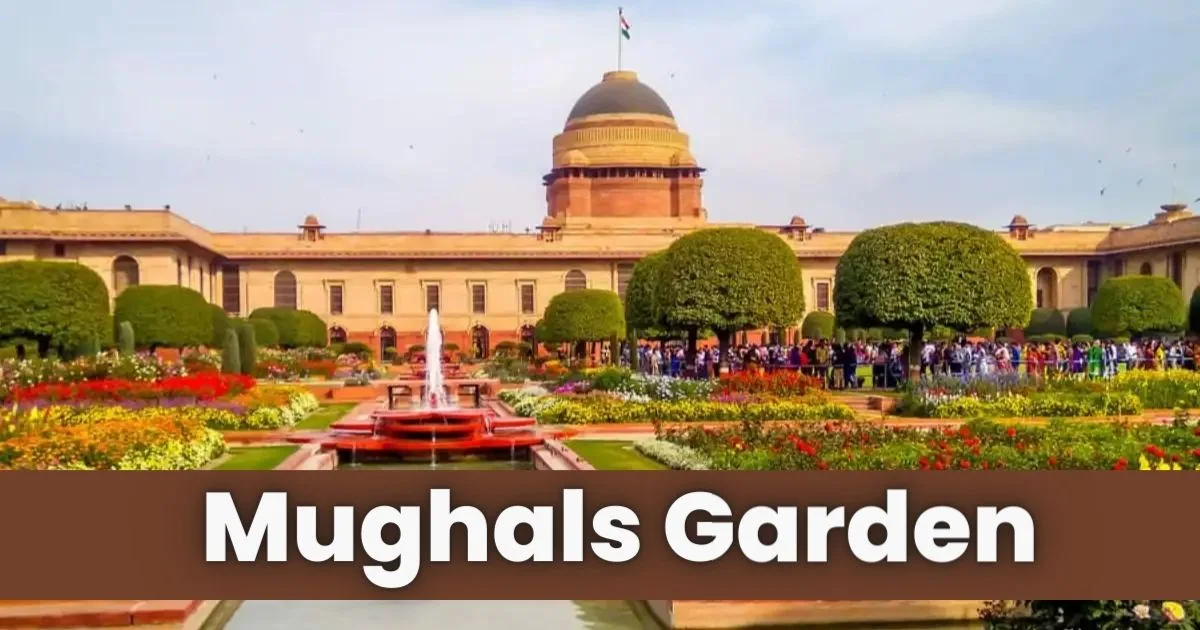The Mughal Gardens in New Delhi’s Rashtrapati Bhavan are a set of gardens that were built in the traditional Mughal style of architecture. The Central government of India recently decided to change the name of these gardens to “Amrit Udyan,” which means “Garden of Nectar” in Hindi. The Mughal Gardens are open to the public during the spring months and attract thousands of visitors each year. The name change has sparked some controversy, as the Mughal Empire is an important part of Indian history and culture.
The renaming of the Mughal Gardens to “Amrit Udyan” is in line with the theme of “Amrit Mahotsav,” which is a celebration of 75 years of India’s independence. The name “Amrit Udyan” is meant to reflect the idea of a “garden of nectar” and is intended to symbolize a celebration of the country’s past, present, and future. The decision to rename the gardens is part of the government’s efforts to promote a nationalistic narrative and recognize the contributions of Indian culture, history, and heritage.
About Mughal Gardens/ Amrit Udyan
The Mughal Gardens are a group of gardens located in the Rashtrapati Bhavan, the official residence of the President of India, in New Delhi. The gardens were designed and built in the traditional Mughal style of architecture, which is characterized by the use of geometric shapes, water features, and a focus on symmetry and balance. The Mughal Gardens are divided into three main sections: the Spiritual Garden, the Herbal Garden, and the Musical Garden.
The Spiritual Garden is a tranquil space that features a central pond, fountains, and a variety of trees and shrubs. The Herbal Garden is a collection of plants and herbs used in Ayurvedic medicine and traditional Indian cooking. The Musical Garden is a garden with a unique landscape, which is designed to evoke a feeling of peace and tranquility through its design and the use of water and light.
The Mughal Gardens are open to the public during the spring months, usually from February to March, and attract thousands of visitors each year. It’s a place where one can enjoy the beauty of nature, and also get an idea of the Mughal style of gardening which is a mix of Indian and Persian styles of gardening.
Thank You!





